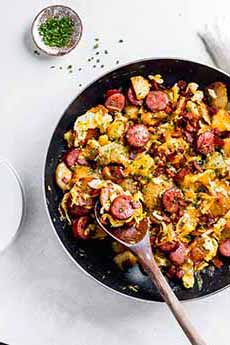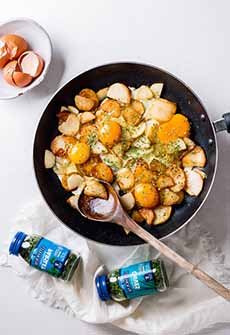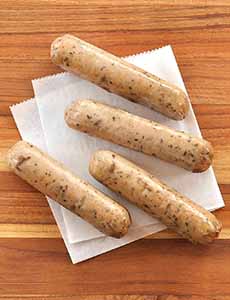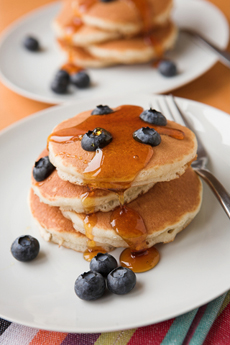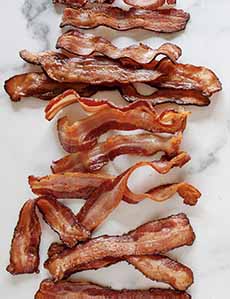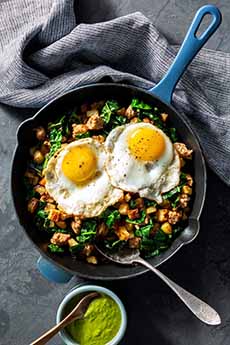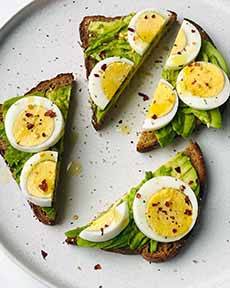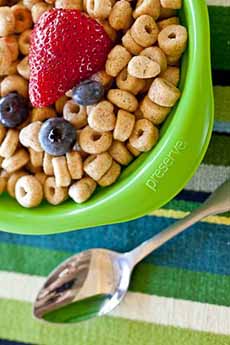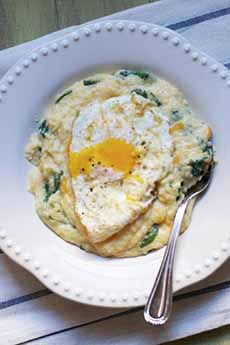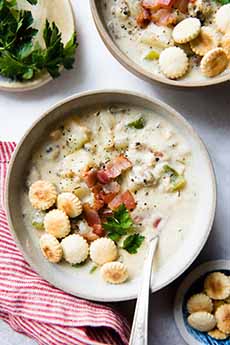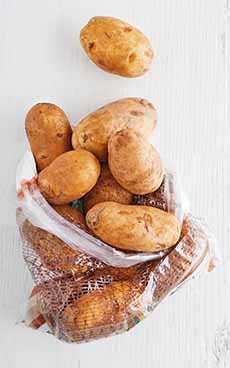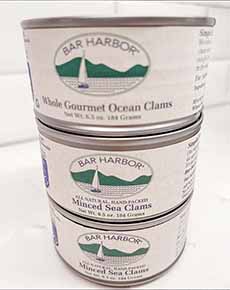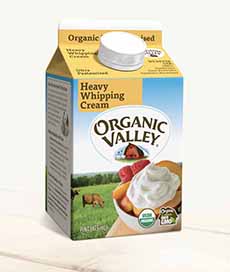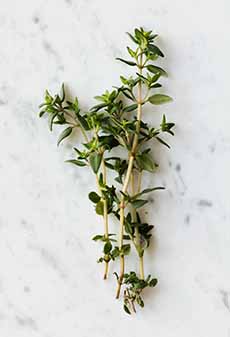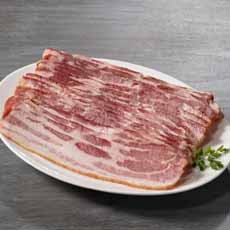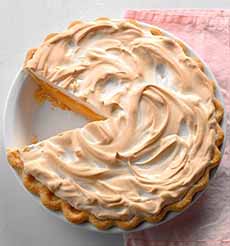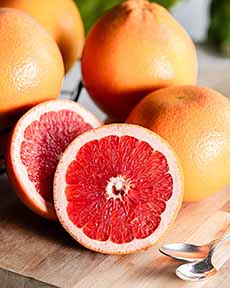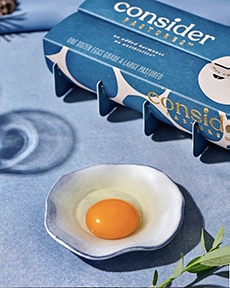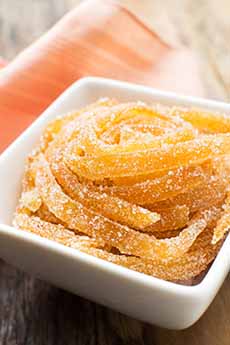|
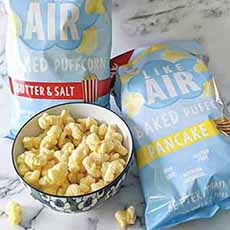
[1] Like Air Puffcorn, our Top Pick Of The Week, was featured on Shark Tank (photo © Shark Tank Products).
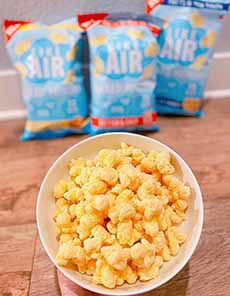
[2] You can a large-size (4-ounce) combo pack on Amazon (photos #2, #3, #4, and #5 © Like Air Snacks).
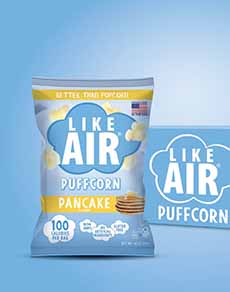
[3] Pancake is a delicious flavor of popcorn, with far fewer calories than eating pancakes!
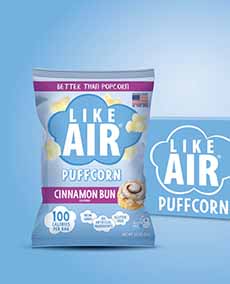
[4] Cinnamon bun is the closest to kettle corn, without the calories.

[5] You can buy a variety pack of the four flavors, in either family size or individual size, on the company website (we recommend it!).
|
|
Like Air Puffcorn is our Top Pick Of The Week: popcorn with a melt-in-your-mouth texture that is made without the popcorn kernel hulls that can stick in your teeth.
Yes, that makes it better than traditional popcorn in our book. (A tiny kernel stuck in our tooth* sent us to the dentist for a $300. He said, “Next time skip the popcorn.”
We were bereft because popcorn is a high-fiber, low-calorie snack we relied upon.
Then, on Shark Tank, we discovered Like Air Puffcorn.
Mr. Wonderful, Kevin O’Leary, exclaimed that it was the best-tasting low-calorie snack they’ve had in all 15 years of Shark Tank.
The company got a deal from deal from Mark Cuban and Lori Greiner.
We were so excited that, rather than write for editorial samples, we quickly purchased three boxes: three flavors of the individual-size packages.
We now must go back for the fourth flavor, and hope that the fifth, the limited-edition Pumpkin Spice, comes back this fall.
LIKE AIR PUFFCORN FLAVORS
There are both 4-ounce bags and .65-ounce individual portion bags.
The individual size is a perfect school-safe snack, party favor, stocking stuffer, Easter basket treat, and so on.
Classic (butter flavor)
White Cheddar
Cinnamon Bun
Pancake
Like Air Puffcorn is:
Only 50 calories per cup, 100 calories per .65-ounce individual bag.
All-natural: no artificial ingredients, flavors, or preservatives.
Made from non-GMO corn.
Lower calorie: the sweet flavors have less than half the calories of the leading kettle corns.
OU or OU-D kosher.
Gluten-free.
Made in a nut-free facility.
Free of the “Big Allergens”†.
Easily digestible.
FOOD FUN: CUSTOMIZE YOUR CORN!
While popcorn is just 50 calories per cup, you can enhance your snack—still without getting anything stuck in your teeth.
With the Classic and sweet flavors, we add some extra calories by:
Drizzling chocolate or caramel sauce over the corn.
Tossing in M&Ms, nuts, spices, etc.
With the Classic and White Cheddar flavors, we add:
Seasonings: barbecue, everything bagel, Old Bay, taco, or others.
Herbs and spices: dried or fresh chile flakes, cilantro, rosemary, and others.
GET YOUR LIKE AIR PUFFCORN
Like Air is sold in 3,500+ stores across all 50 states, including larger retailers like HEB, Kings, Kroger, Meijer, Sam’s Club, ShopRite, Stop & Shop, and Wegmans.
E-tailers include Amazon, Fresh Direct, Instacart, Sams’s Club, and the Like Air Snacks website.
October is National Popcorn Poppin’ Month.
> The history of popcorn.
> The history of popcorn salad (and recipe).
> 20+ popcorn recipes.
> Popcorn trivia.
> Popcorn, a whole-grain food.
________________
*Popcorn kernel hulls are the ideal size and shape to get caught between gums and teeth. We may not even realize we have a stuck particle until our gums become sore a few days later.
†The “Big Nine” allergens: eggs, milk, nuts, fish, peanuts/tree nuts, sesame, shellfish‡, soybeans, and wheat.
‡Shellfish include mollusks and crustaceans. Mollusks have a hinged, two-part shell, such as clams, mussels, octopus, oysters, and squid. Crustaceans, on the other hand, have exoskeletons, such as crabs, lobsters, and shrimp.
Congress passed the Food Allergen Labeling and Consumer Protection Act of 2004 (FALCPA), citing eight foods as major food allergens: milk, eggs, fish, Crustacean shellfish, tree nuts, peanuts, wheat, and soybeans. Here’s more about it.
|
